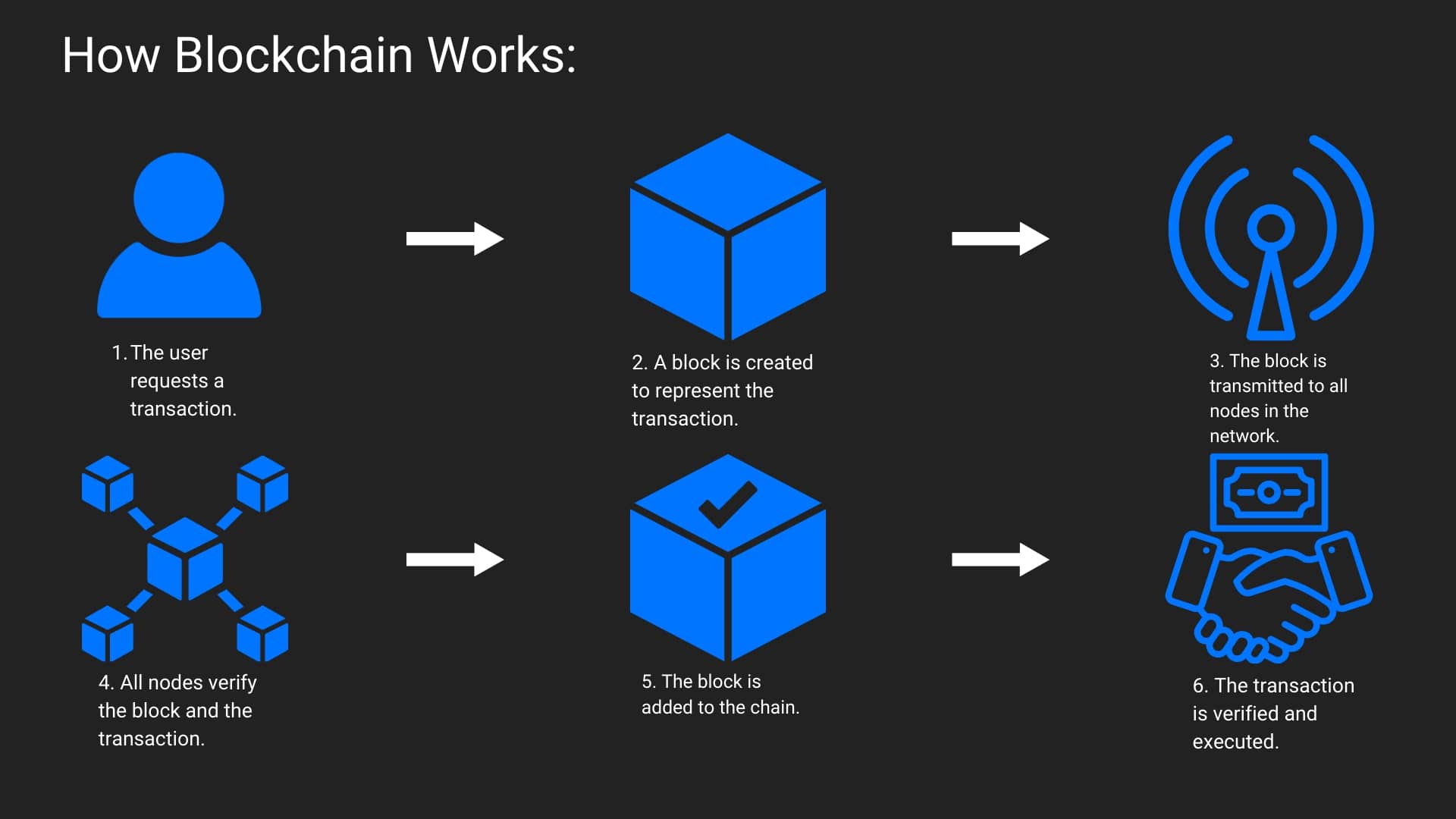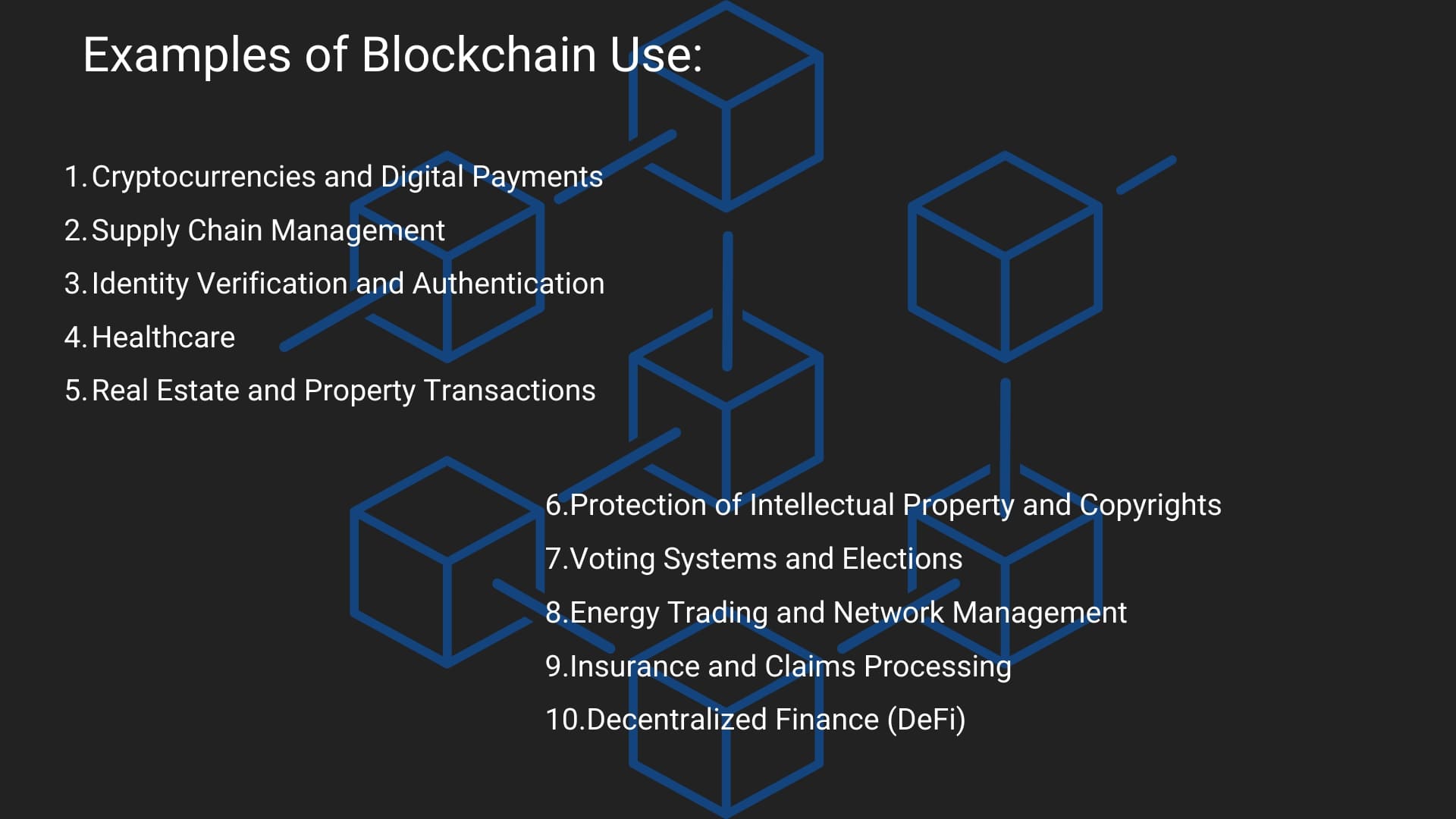Alright, let’s dive deeper into the system's working algorithm. First, I’ll explain the complex in a complex way, then we’ll simplify it. Ready? Here’s a step-by-step guide on how blockchain works:
Step 1. Creating a Transaction.
Let’s say we have a trader named Alex, and he really wants to transfer 10 BTC to his friend Bob (yep, not poor folks). Alex goes to an exchange or his crypto wallet, where he creates a transaction. To complete the transaction, he specifies the amount of coins and the recipient’s address.
A transaction in the network represents a record that contains the following information:
- Sender's address.
- Recipient’s address.
- Transfer amount (10 BTC).
- Sender’s signature. This is a unique digital signature that confirms the transaction was indeed created by Alex, not by a fraudster.
Step 2. Verification.
Once the transaction is created, it is sent to the blockchain network. There, it awaits verification from network participants called nodes. These nodes check:
- The sender’s signature. They need to ensure that the signature belongs to Alex and that he has the right to manage these funds.
- The sender’s balance. They check if Alex indeed has 10 BTC to transfer to Bob.
If the transaction is valid, it’s sent to the queue for inclusion in a block. This process takes seconds, not hours.
Step 3. Block Formation.
So, the transaction passed verification. What’s next? The transactions are grouped together and form a new block. The block contains the following information:
- A list of transactions. It includes Alex and Bob’s transaction, as well as other transactions awaiting confirmation.
- The hash of the previous block. This is a unique identifier that links the new block to the previous one.
- A timestamp or time code, which shows the exact time the block was created.
Step 4. Block Added to the Chain.
To add the new block to the chain, the nodes must reach a consensus. This is done using a consensus algorithm:
- Proof of Work (PoW):Nodes or miners compete to solve a specific mathematical problem. The one who solves it fastest adds the block to the chain and is rewarded with cryptocurrency.
- Proof of Stake (PoS): Participants stake their assets (stake). The larger the stake, the higher the chances that your block will be added to the chain.
Step 5. Updating the Ledger.
Once the new block is added to the chain, the entire network is updated. Every network participant gets a copy of the updated blockchain, now with the new block. Now, the whole network knows about Alex and Bob’s transaction.
Step 6. The Final Step.
The block has been added to the chain. The transaction between Alex and Bob is complete. Bob receives 10 BTC, and this information is forever recorded in the blockchain.
Simplifying the Complex: How Does Blockchain Work?
Still interested, but not entirely clear? Let’s simplify it with an example.
Think of blockchain technology as a massive book that every market participant owns. Each user can make their own entries (every transaction or action has its own entry and creates its own data block).
Other users can see it but cannot alter the data. Blockchain technology doesn’t allow them to change, rearrange, or delete anything.
Each block of data (an entry in the book) is linked to previous blocks (entries). If a user tries to break the chain’s integrity, others will immediately notice it.
Advantages of Blockchain































